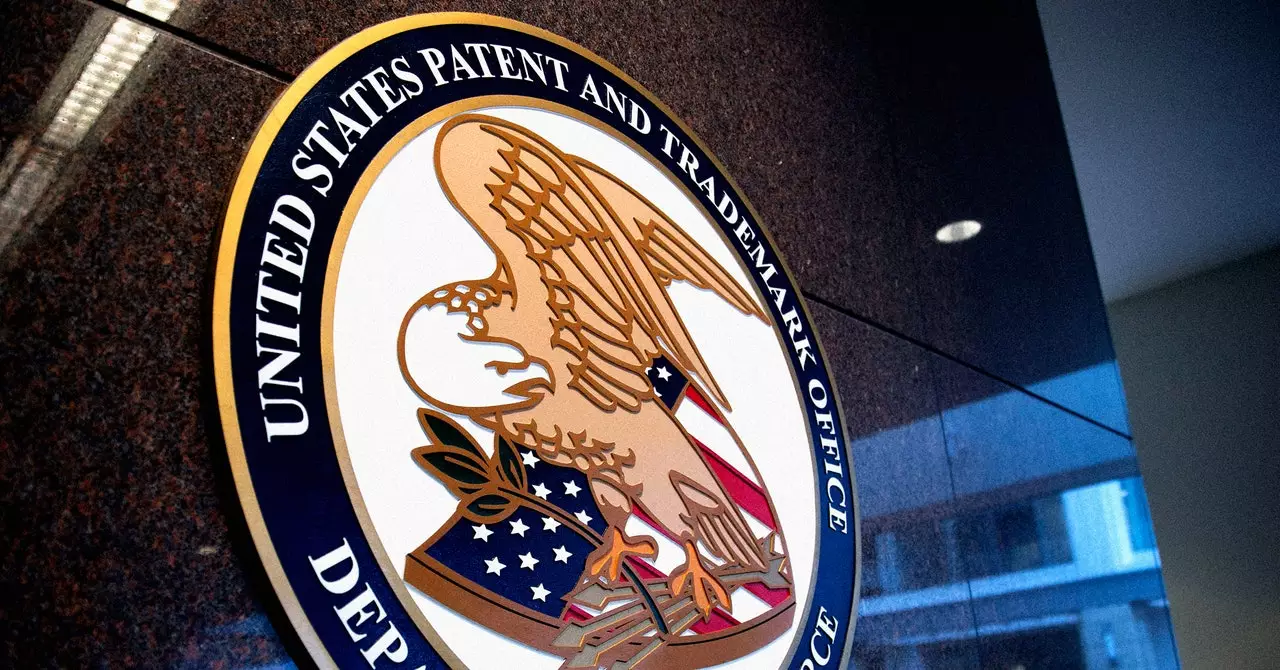The intersection of generative artificial intelligence (AI) and government operations is increasingly scrutinized, with agencies grappling with integrating innovative technologies while mitigating potential risks. The US Patent and Trademark Office (USPTO) has taken a particularly cautious stance on the use of generative AI tools, banning their use primarily due to security and ethical concerns as highlighted in an internal memo from April 2023. This article explores the ramifications of such policy decisions, the struggles of public sectors in adopting new technologies, and the broader implications for AI utilization across federal agencies.
In an era marked by rapid technological advancement, the USPTO’s decision to restrict the use of generative AI highlights a complex balancing act between innovation and responsibility. According to Jamie Holcombe, the CIO of the USPTO, while the agency is committed to innovating within their operations, there remains a pressing need for a thoughtful approach to implementing AI technologies. Concerns about bias, unpredictability, and the potential for malicious applications of generative AI have prompted the office to impose strict guidelines that prevent staff from employing widely recognized tools like OpenAI’s ChatGPT and Anthropic’s Claude in their daily work tasks.
This decision, while seemingly prudent, raises questions about the agency’s capacity to remain competitive and relevant amidst evolving technological landscapes. By allowing only the use of AI tools in controlled, internal environments, the USPTO is likely stifling the potential for more organic innovation that could arise from unrestricted exploration of these technologies. It’s an ironic twist that the very policies designed to protect and enhance operational integrity might also curtail the transformative possibilities that AI can offer.
Paul Fucito, the USPTO’s press secretary, elucidated the agency’s approach, explaining that innovators can experiment with generative AI capabilities within the confines of an internal testing environment known as the AI Lab. This environment is intended for prototyping solutions tailored to the agency’s specific business needs while remaining cognizant of security measures. However, the dichotomy of promoting innovation within a sandbox setting versus forbidding its real-world application creates a paradox. Staff members gain insights into AI’s capabilities but are then barred from translating these insights into practical, actionable work experiences.
Such a limitation poses significant doubts about the efficiency of the USPTO’s strategies regarding emerging technologies. With agility being a hallmark of successful innovation, bureaucratic restrictions may inadvertently delay the progress needed to enhance the agency’s services, particularly in managing patents and trademarks—a domain ripe for AI-driven efficiencies.
The USPTO is not alone in its hesitation with generative AI. Other governmental entities are adopting similar stances, albeit with variations in application. For instance, the National Archives and Records Administration (NARA) prohibited the use of generative tools like ChatGPT on official laptops, reflecting a widespread caution among government agencies. However, NARA’s contradictory actions—promoting generative AI during internal meetings—underscore the confusion and ambivalence that exist within agencies when confronted with the promises and perils of AI tools.
NASA provides further insight into this balancing act. While they have specifically banned AI chatbots for handling sensitive data, the agency is still exploring AI’s utility for coding and summarizing research, highlighting a more nuanced approach to technology integration. NASA’s collaboration with Microsoft to construct an AI chatbot designed to aggregate satellite data signifies a controlled experiment aiming for practical benefits without crossing ethical lines.
Moving forward, it is crucial for government entities to navigate the challenges posed by generative AI with discernment. Developing comprehensive frameworks that allow for safe experimentation with these tools while maintaining security and ethical commitments could foster a more productive environment for innovation. As public institutions work to refine their relationships with AI technologies, they must evaluate not only the technological potentials but also the public trust, effectiveness, and implications for service delivery.
Ultimately, as generative AI continues to evolve, the path that institutions like the USPTO take will serve as a bellwether for other government agencies. The balance between caution and innovation is delicate; without adequate adaptation, governmental bodies risk becoming obsolete, unable to harness the full potential of transformative technologies that could reimagine the very nature of public service.


Leave a Reply